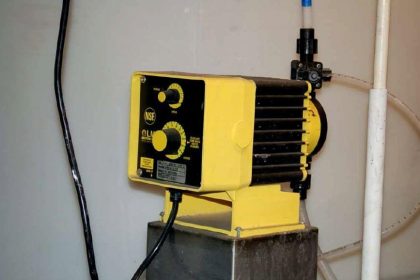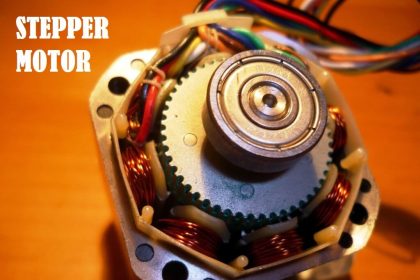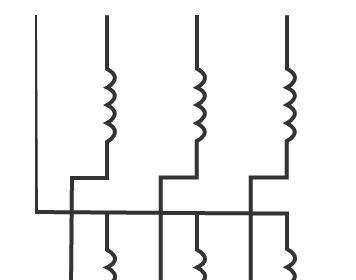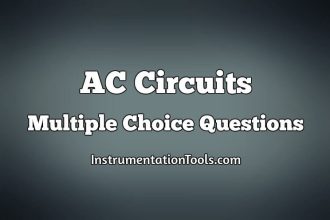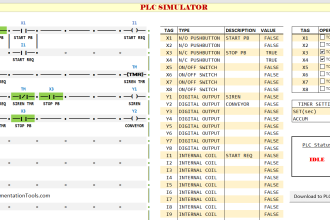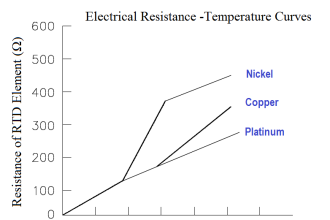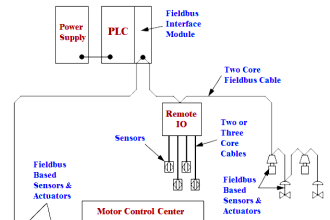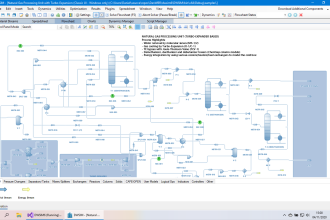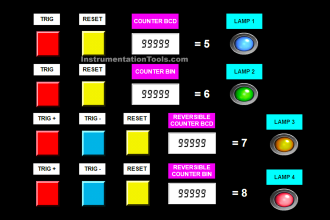In industries induction motors are employed mostly because of less cost, rugged construction, good starting torques and very less maintenance. Synchronous motors are rarely used in industries for drive applications. They are generally used as power factor correction device. In industries they are employed to improve the power factor of the system. Some of the advantages and disadvantages related to synchronous motors are explained below:
Advantage or Merits:
- One of the major advantage of using synchronous motor is the ability to control the power factor. An over excited synchronous motor can have leading power factor and can be operated in parallel to induction motors and other lagging power factor loads thereby improving the system power factor.
- In synchronous motor the speed remains constant irrespective of the loads. This characteristics helps in industrial drives where constant speed is required irrespective of the load it is driving. It also useful when the motor is required to drive another alternator to supply at a different frequency as in frequency changes
- Synchronous motors can be constructed with wider air gaps than induction motors which makes these motors mechanically more stable
- In synchronous motors electro-magnetic power varies linearly with the voltage
- Synchronous motors usually operate with higher efficiencies ( more than 90%) especially in low speed and unity power factor applications compared to induction motors
Disadvantages or Demerits:
- Synchronous motors requires dc excitation which must be supplied from external sources
- Synchronous motors are inherently not self starting motors and needs some arrangement for its starting and synchronizing
- The cost per kW output is generally higher than that of induction motors
- These motors cannot be used for variable speed applications as there is no possibility of speed adjustment unless the incoming supply frequency is adjusted (Variable Frequency Drives)
- Synchronous motors cannot be started on load. Its starting torque is zero
- These motors have tendency to hunt
- When loading on the synchronous motor increases beyond its capability, the synchronism between rotor and stator rotating magnetic field is lost and motor comes to halt
- Collector rings and brushes are required resulting in increase in maintenance
- Synchronous motors cannot be useful for applications requiring frequent starting or high starting torques required

